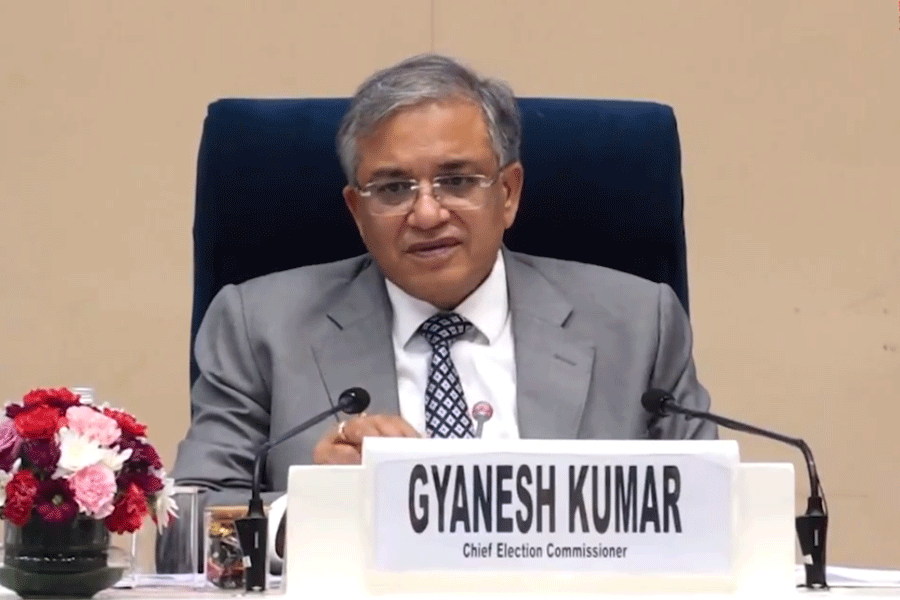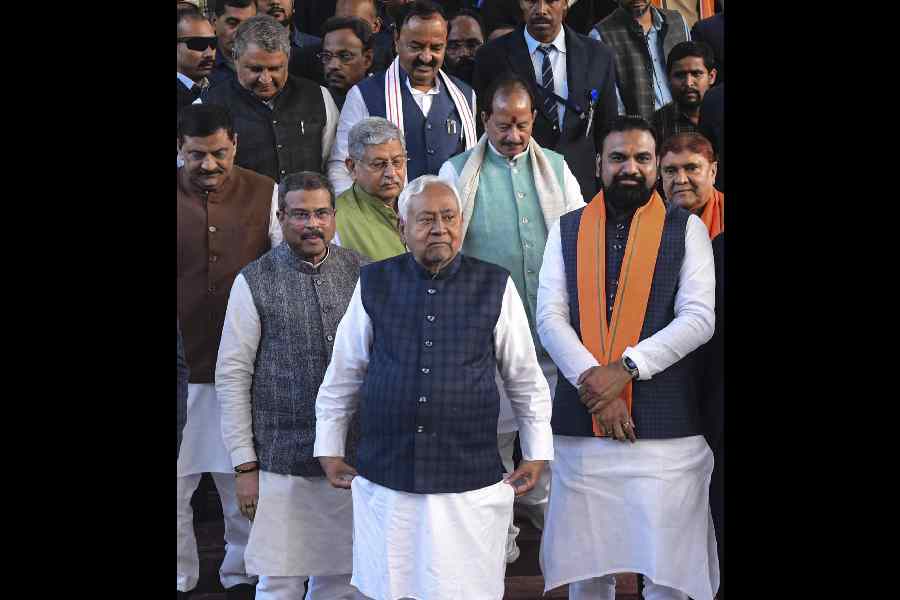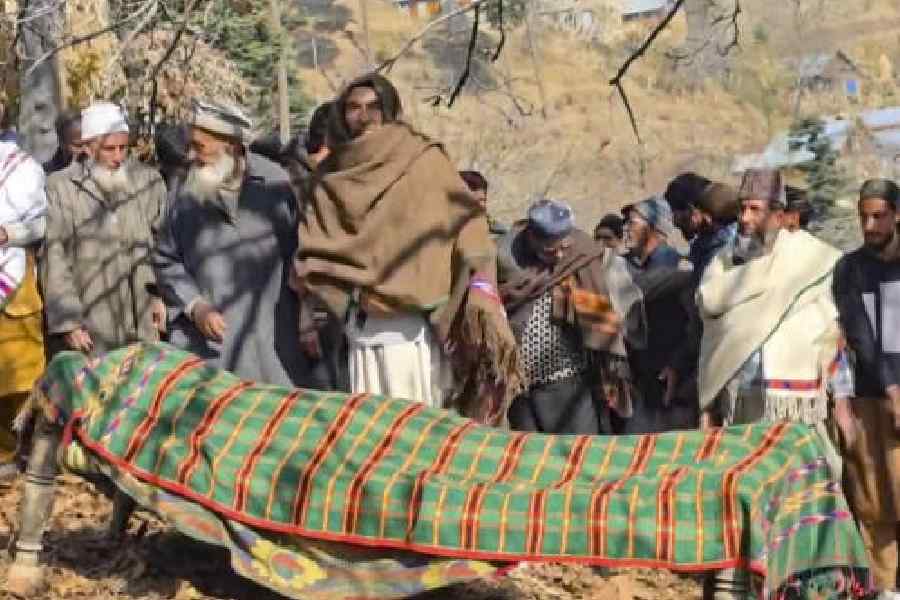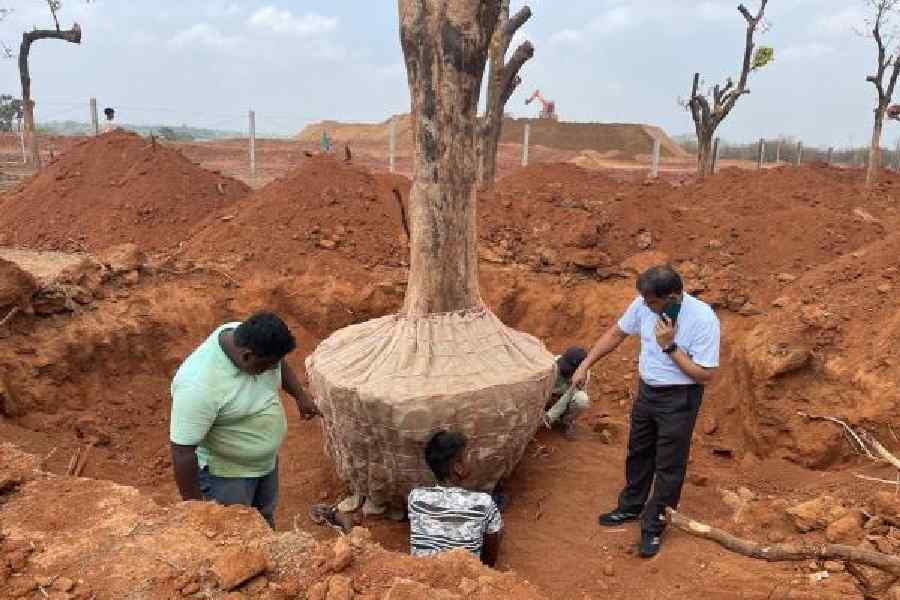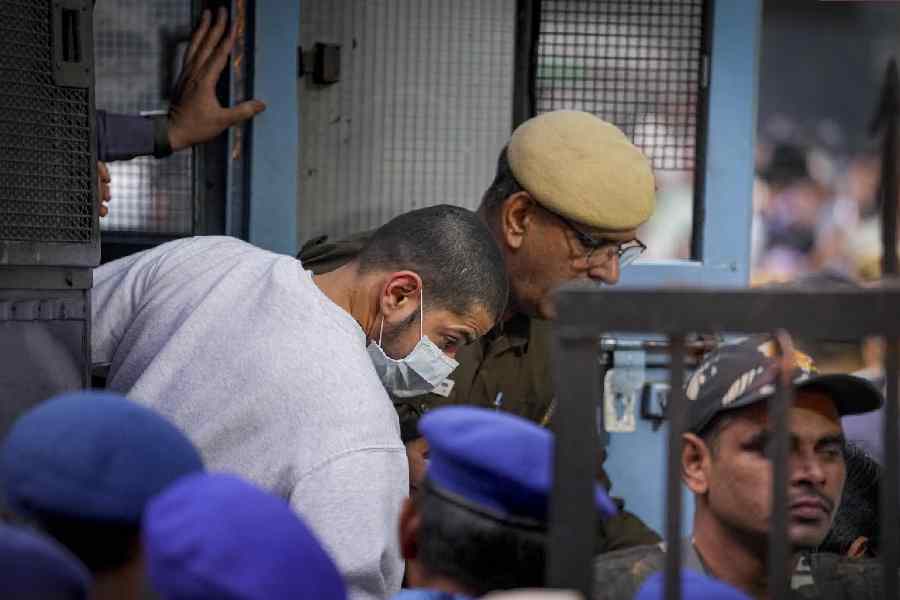Lost warmth
Sir — Online deliveries promise convenience but quietly remove the small human exchanges that once made daily life pleasant. The quick handover of groceries at the door has replaced friendly chats with vegetable vendors and kiranawalas who knew customers by name. What once felt like community now feels like transaction. It is efficient, yes, but oddly empty. The smell of fresh produce at a market or the gossip shared over a weighing scale offered more than just goods; it promised belonging. Progress has given speed but it has taken away the communal warmth that came with each purchase.
Bidisha Das,
Calcutta
Brought to life
Sir — The Pradhanmantri Sangrahalaya has introduced an Artificial Intelligence avatar of Sardar Vallabhbhai Patel that answers visitors’s questions in his voice. This offers an opportunity for public engagement with history in a novel format. The avatar can bring to life a figure about whom many know only through textbooks and speeches. Yet this technology risks oversimplification and distortion of contested events in Patel’s life. Historical documents are not always consistent; AI might fill gaps in ways that alter meaning. Visitors may leave more entertained than informed. Museums should pair such avatars with robust context and disclaimers about what is reconstructed and what is historically verifiable.
Avinash Godboley,
Dewas, Madhya Pradesh
Sir — An avatar of Sardar Vallabhbhai Patel speaking via AI could democratise history by making it more accessible to younger audiences. It may ignite curiosity in visitors who might otherwise ignore static plaques dedicated to luminaries. Technology has a place in museums when it encourages critical thinking rather than passive reception. However, there are serious risks that cannot be overlooked. AI may omit inconvenient facts or present neutralities as absolutes. In absence of oversight, narratives can shift subtly towards current political winds. Any claim made by the avatar should be verifiable with cited sources. Scholars, curators, and the public must guard historical truth even in digital form.
Ravi Chandra Sekhar Rao,
Mumbai
Gone grey
Sir — India is ageing faster than expected: life expectancy has risen dramatically, and the share in the population of those 60 and above is climbing. This trend is an achievement of better healthcare. Yet it brings serious challenges. On the one hand, a larger elderly population can become a resource for mentoring, volunteering, and knowledge transfer. On the other, many older Indians now live without pension, access to healthcare, or income. Policy must do more than promise. Robust social protection, incentives to skill the elderly, universal access to healthcare and infrastructure tailored for seniors are essential if ageing is to become a boon and not a bane.
Iftekhar Ahmed,
Calcutta
Sir — Rising longevity and falling fertility have reshaped India’s demographics: the working-age population is widening even as elderly dependency rises. This window presents a rare chance for growth. But without investment in lifelong learning and adaptable employment models, many older adults may be pushed into low-paid, informal work. Also the burden of healthcare will rise sharply and strain public systems. Unless preventive care is emphasised, comorbidities will reduce productivity. The government must shift from seeing ageing as a cost to perceiving it as an opportunity for a second demographic dividend.
Jayanta Datta,
Calcutta
Clean it up
Sir — It was heartening to witness hoardings put up for Pujas being brought down near Hazra. One hopes it is done across the city.
Sourish Misra,
Calcutta





